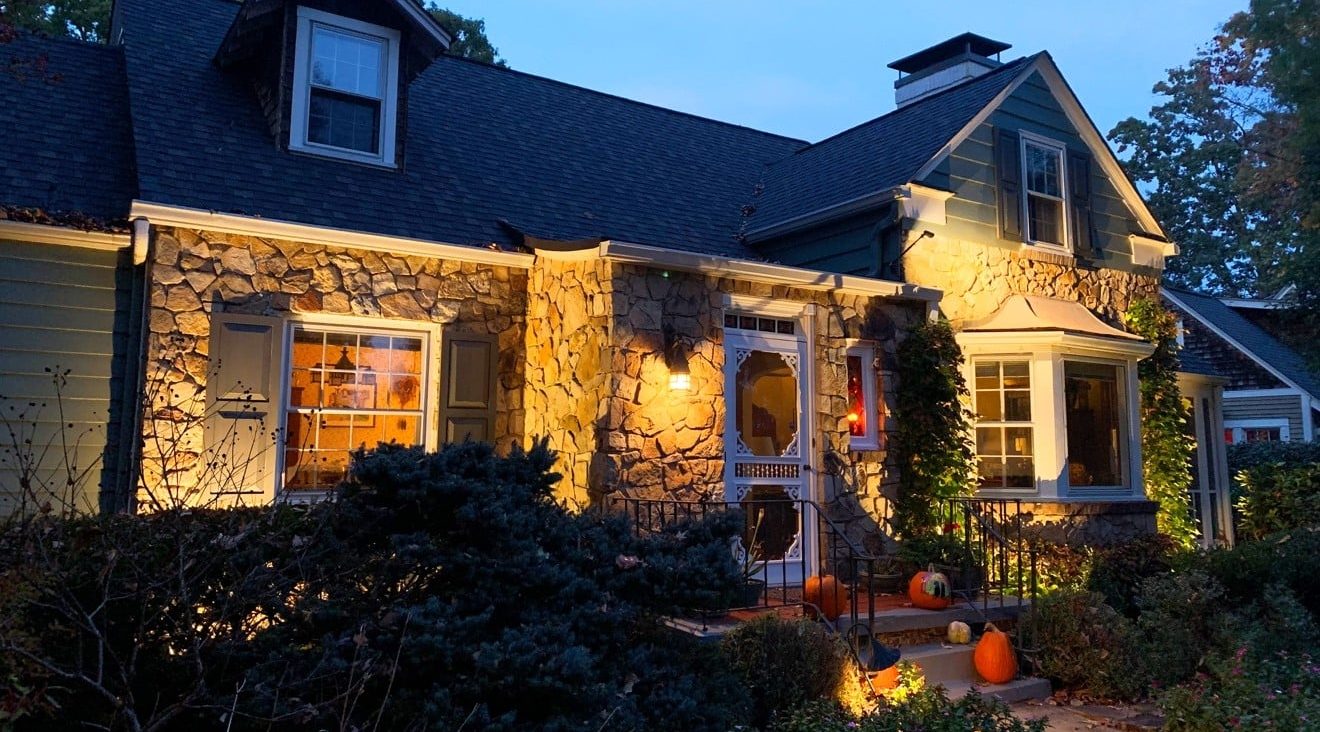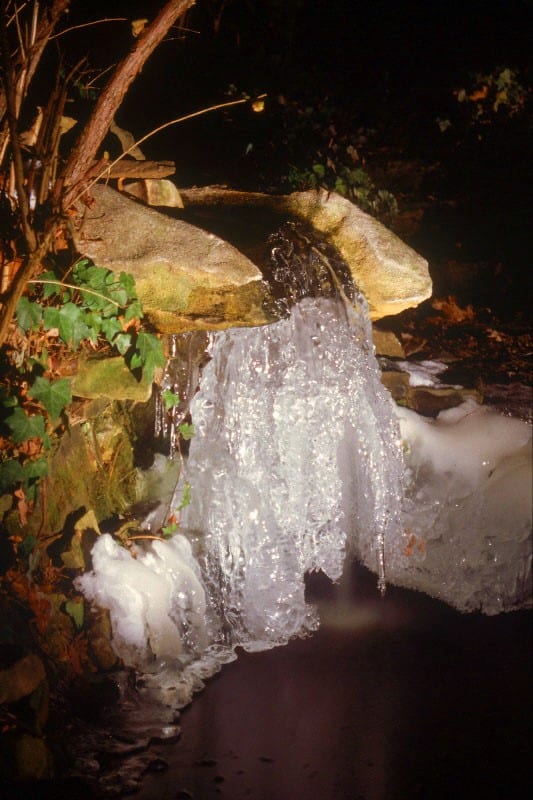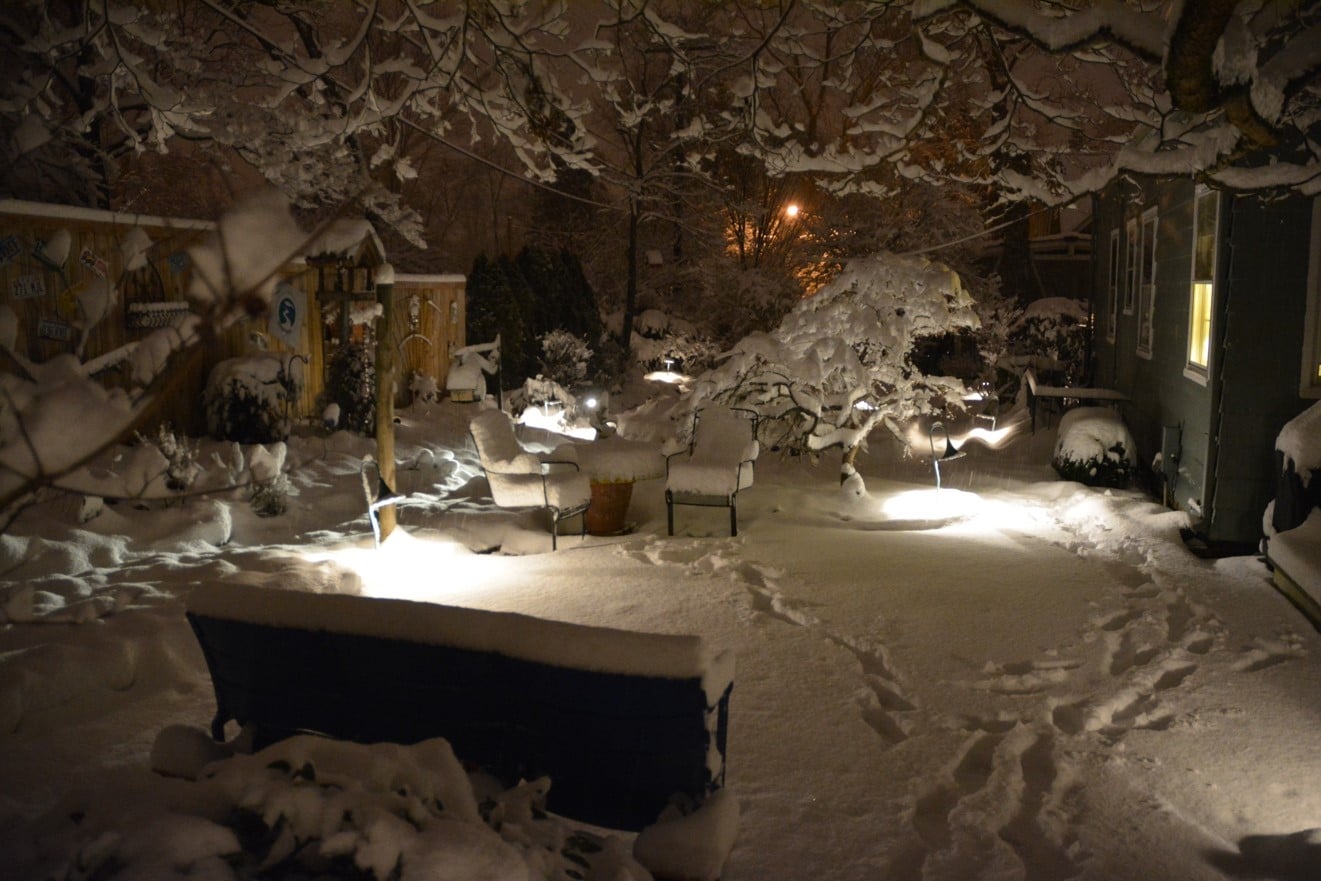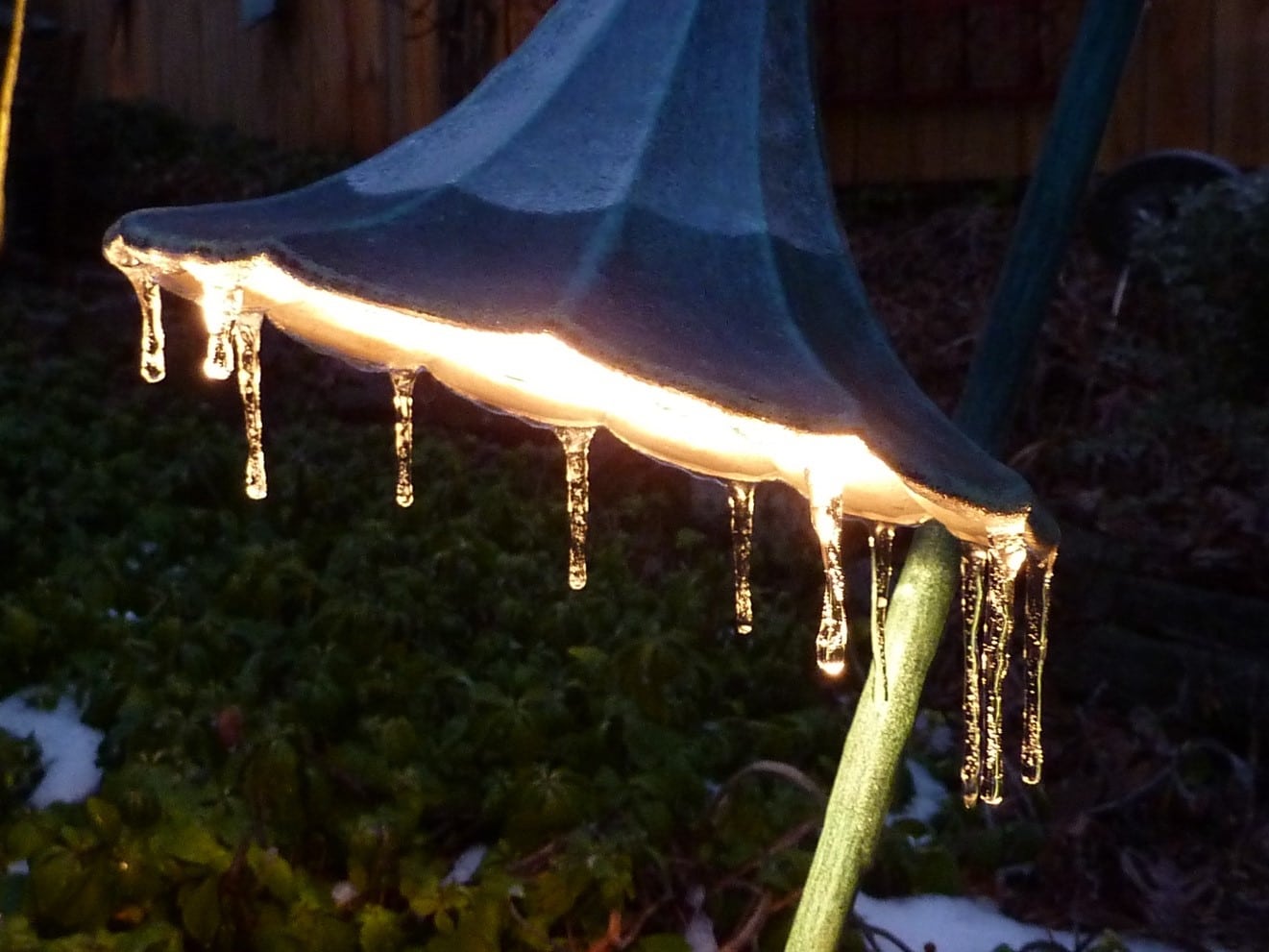GET OUT OF THE DARK

When you hear the term “landscape lighting” what image comes to mind? Unfortunately, for many, the first choice is the do-it-yourself big box store lighting kit for $89.95. This is not landscape lighting. This is short-lived decoration. To me landscape lighting is more than that. The fixtures are cast aluminum or other durable metal and the transformers (the boxes that step down the voltage from 120v to a safe 12v) have several user-friendly features and come with a substantial warranty.

Low voltage landscape lighting is easy to install and improves the value of your home, as long as you invest in quality materials. Some of the brand names to look for include: Hadco, Kichler, Focus, Nightscaping, & Ruud, to name a few. The investment for this type of lighting can be hefty, especially considering that a good transformer alone can cost $300 but when you consider the benefits received (safety, security, & beauty), investing 1% of the total home value in outdoor lighting is worth every cent.
Landscape lighting can be divided into four basic categories: uplighting, path lighting, grazing, and downlighting. The difference between a quality path light and one of the kit path lights is beam spread. With the kit lights the light source is 4″ from the ground and it takes a zillion of them to do any good (and you also face the problem of stray jets landing on your front walk). The light source on a quality path light is at least 12″ above the ground thus requiring less of them to do the job. Uplighting and grazing can be pretty much the same. The only difference is that when grazing you shine a light across and interesting surface such as stone or brick. Uplighting accent trees is very effective but keep it balanced and avoid lighting everything in sight. I used to be a fan of downlighting (positioning lights high in trees to create moonlit shadows on the groundplane) until I saw how easy it was to damage the tree. Now I say avoid it. Any time you pierce the bark of a tree with any kind of fastening device or risk allowing copper wire to come in contact with the wood you’re asking for trouble.

The transformer is the brain of any lighting system. It signals the lights on and off using a built-in clock or photocell or both. If you select a transformer with both features your lights can come on at dusk and go off at a specified time. The standard wire gauge for a “typical” lighting system is 12 gauge. The smaller the gauge the greater the flow of electricity that can be carried. The prefab lighting kits come with about 18-gauge wire which means you can’t put too many lights on one wire run. During installation you may want to leave enough wire slack to allow some key lights to be moved and therefore shifting the focus to different plants at different times of the year.
Solar fixtures have come a long way, but the light source still can’t match that of wired, low voltage systems. Also, if you have moderate shade, you’re also going to face a challenge. If you have a sunny location and want to just cast some light on one or two objects far from any power source, I say solar is definitely something to consider.
The use of LED fixtures (light emitting diode) has greatly lessened the cost of operating landscape lighting. You can buy self-contained fixtures with the light source built-in or purchase LED lamps (bulbs) to improve the efficiency of older incandescent or halogen fixtures as well.
The point is we invest a lot of money into our landscapes and gardens. It just makes sense to plan a budget that would include quality low voltage landscape lighting and enjoy the magical transformation that takes place after the sun goes down.







